The first several thousand years of taxonomy (and of art) were predominantly form-based. The discovery of DNA and genomics expanded our taxonomic practice and challenged the philosophical basis of classification, but the seeds of challenge were planted by Charles Darwin, who understood the random nature of evolution.
Darwin himself recognized the antiquity of our planet, which he estimated as one million years old. Earth and Life are much older. We estimate that life has existed on Earth for nearly five billion years. Understanding the development of life forms over this incredibly long period presents a perhaps unfathomable gulf to the human mind. My project aims to address this challenge.
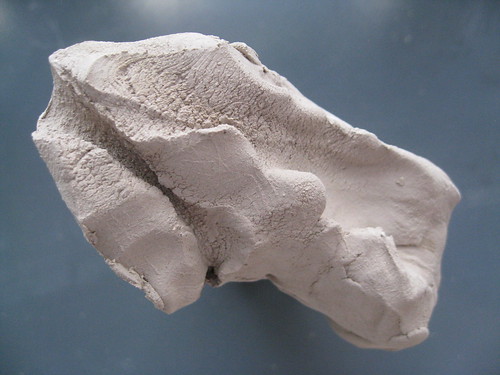

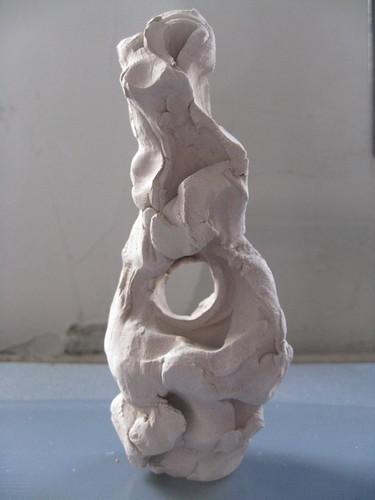
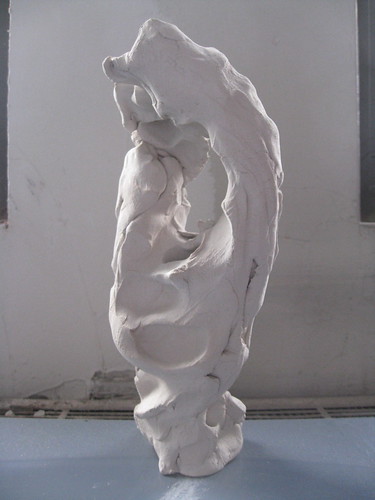
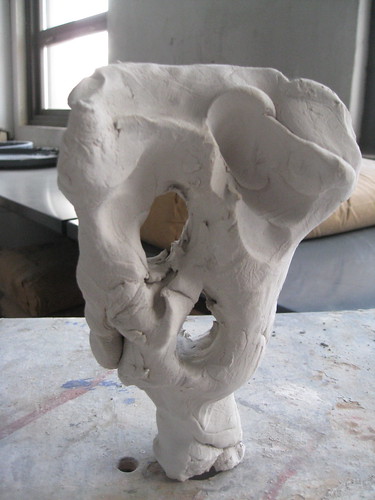

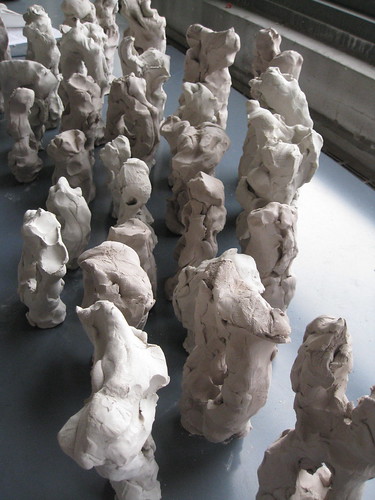
No comments:
Post a Comment